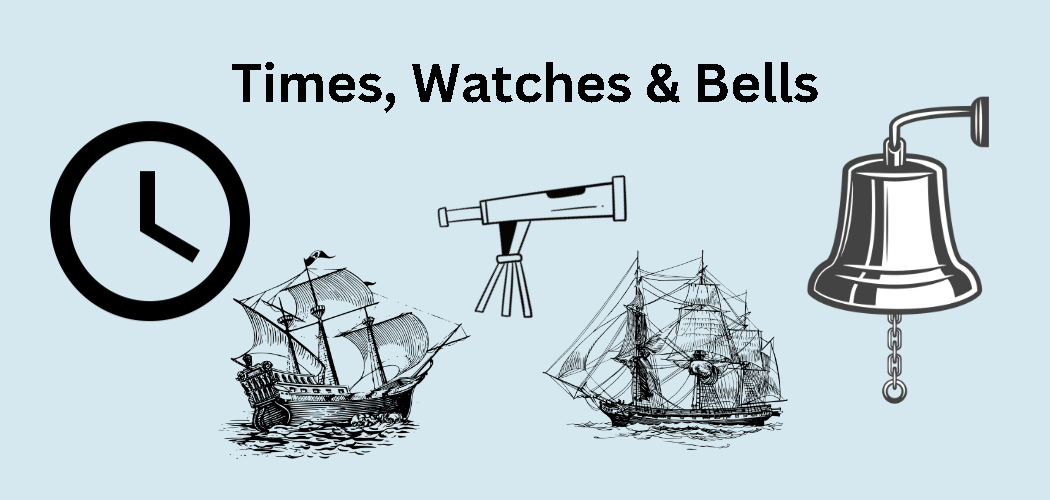Naval Times, Watches, and Bells: A Brief History of Timekeeping at Sea
Since the earliest days of seafaring, keeping track of time has been a critical task for sailors. Accurate maritime timekeeping was necessary to navigate the seas, maintain schedules, and coordinate operations. In the days before GPS and satellite communication, timekeeping was even more critical, and the sailors of old developed a sophisticated system of watches and bells to keep track of the hours and maintain order aboard ship.
The History of Naval Timekeeping
The earliest methods of timekeeping at sea were rudimentary. Sailors used the position of the sun and stars to estimate the time, but these methods were imprecise and unreliable. The first mechanical timepieces were invented in the 14th century, but it was not until the 18th century that reliable marine chronometers were developed. These timepieces were critical for accurate navigation, and they allowed sailors to determine their longitude by comparing local time to the time at a known location.
The development of reliable timepieces coincided with the rise of the modern navy. As naval vessels became larger and more complex, a system was needed to coordinate the efforts of the crew and maintain discipline aboard ship. The watch system was developed to meet this need.
The Watch System
The watch system divided the day into six four-hour periods, or watches. Each watch was assigned a letter of the alphabet, with the first watch starting at noon and ending at 4 pm. The second watch, known as the “dog watch,” was split into two two-hour periods and ran from 4 pm to 8 pm. The third watch ran from 8 pm to midnight, and the fourth watch ran from midnight to 4 am. The fifth and sixth watches ran from 4 am to 8 am and 8 am to noon, respectively.
Each watch was assigned a group of sailors who were responsible for performing specific tasks during their watch. The captain, officers, and other key personnel were not assigned to a watch and were responsible for overseeing the entire operation of the ship.
The Bell System
To coordinate the watches, a system of bells was used. The bell was rung every half-hour to mark the passage of time, with a single ring at 12:30, two rings at 1:00, and so on up to eight rings at 4:00. The bells were rung continuously throughout the day and night, so sailors always knew what time it was.
The bells were also used to signal important events, such as meal times, changes in watch, and emergencies. For example, the “all hands” call was sounded by ringing all the bells rapidly for several minutes, which signaled the entire crew to report to their stations.
Conclusion and final thoughts 💭
Conclusion
The watch and bell system was a critical component of naval operations for centuries, and it continues to be used on modern ships today. While the technology of timekeeping has advanced, the basic principles of the watch system and the bell system remain the same. For sailors at sea, accurate timekeeping remains an essential part of navigation and maintaining order aboard ship.






Leave a Reply